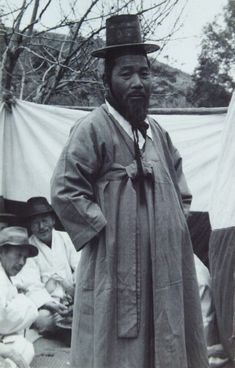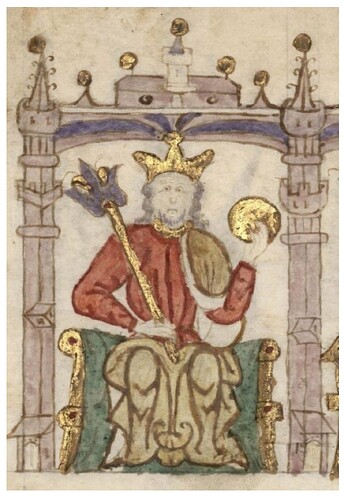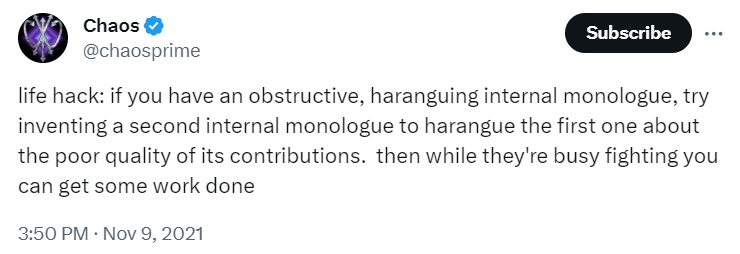So we’ve all been stuck before. Staring at a blank page or a blinking cursor, sapped of inspiration. There are common techniques to breaking this, one of the most well known is freewriting, in which a person writes continuously for a set period of time with limited no concern for rhetoric, conventions, mechanics, or the laws of man nor nature.
And that can work, but there are other ways. I wanted to share a couple I use myself as well as open the floor to anyone who has techniques of their own to share.
Method 1: Excel Punnet Squares
Open an excel sheet.
Open your browser history.
Have them side by side, either sharing the same screen or on multiple screens if you have them.
On the first column, skip the first box, and then either copy and paste each history listing into each box, or type in a few words that express what it was. Your choice.
I usually fill out at least a dozen or more entries.
Sometimes I’ll skip over repeats or boring entries.
Then, I’ll copy the column and paste it as a row on the first row, skipping the first box.
Now each box relates two unrelated items from my browser history.
Start filling in the boxes. They all involve existing interests of yours.
The juxtaposition of these ideas against each other will cause unexpected new ideas.
If you grabbed only the 12 most interesting items from your browser history, you have 144 boxes, minus 12 where the ideas intersect themselves. So, out of 132 matchups, you’re bound to have some interesting ideas.
If you want to mix things up more, jump a few months back in your search history and grab a different set to match across the top.
I’ve also done this with medium specific things. Like, maybe I want a game idea? I go to IFDB and make a list of maybe 10 or so of my favorite games. Make that one of the datasets. Pull the other set from some random date range of my browser history.
Method 2: Wikipedia Madlibs
Pull up wikipedia in a foreign language. It doesn’t matter which, Korean, Portuguese, whichever. What matters is your complete lack of fluency.
That’s important, don’t pick a language you understand.
The images are all creative commons and all out of context to you as you don’t read the language. Feel free to burrow through the links for awhile so you truly have no idea where you are.
What still might vaguely mean something to you are the images. But, as the images are out of context already, your job is to headcanon them. What this means is you are fictionally recontextualizing out of context sources to form a narrative that makes sense to you. Our brains are pattern seeking, even when there’s no discernable pattern to find; we just make up the sinew and tissue needed to hold it together. A trait as old as drinking too much wine and making up bullshit stories about the stars.
So, use this to your advantage.

“Jeong Park, Korea’s first door to door slipper salesman, driven into bankruptcy and madness by his customer’s refusal to consider indoor footwear. Last known clothed photograph before retiring to live nude in the wilderness.”
“And so the Crunchwrap Supreme Ruler decreed, and all those who called him leige lord ate only Taco Bell from that day onward. This sadly led to the Great Stink of 1437.”
I’ll switch up the language every time, which is easy, because I don’t speak any of them. Even if the images are largely creative commons, maybe don’t use the actual images in your final project, distilling out the inspired text, as you might make someone like King Leopold II the protagonist of your story not knowing better. If the image is that important to your story, at least look into its actual context first.
Conclusion:
You’re skipping the blank page syndrome where you’re trying to provide output. Instead, you’re responding to input.
Responding to stimulus is what our brains are designed for. Doing it the opposite direction is unnatural and hard, quite frankly.
Remember, the trick is volume. You’ll produce 10 bad ideas for every good one. Easing the process for mass generation is the key.
No matter what I do, I never ever start with a blank page or a blank document. That is depressing as hell and will shut you down fast.
We work in a creative medium, but spend a comparatively smaller amount of time discussing the creative process compared to other creative mediums. So please feel free to discuss that here.


